By Emma Walker
For the better part of my childhood (and by childhood, I mean age five
or so to the present day), anytime I was cold for more than about an
hour, I absolutely insisted I was being frostbitten. Despite my
tendency toward melodrama, I have always enjoyed cold weather
activities, even the ones I suspected might result in frostbite.
And so, armed with approximately 4,000 calories per day, I was excited
for a ten-day expedition into the Alaskan Interior for Winter
Wilderness Skills, a block course offered in January at APU. In order
to mentally prepare myself for a week and a half of frigid, sleepless
nights, I diligently (frantically) checked the weather at Sheep
Mountain Airport, the closest weather station to our destination, each
morning preceding the trip. It was always really, really cold.
But no matter how cold Google told me it was at Caribou Creek, nothing
could have prepared me for how cold it was actually going to be. I’ll
get to that in a minute.
The APU vans dropped us off at the Pinochle Creek trailhead just after
1500 (military time makes time in the field feel infinitely cooler),
which meant we had about an hour and a half of daylight left. We
traveled about a mile and a half down a snowmachine trail until we
found a suitable campsite, then hurried to set up tents and get dinner
going.
I slept super warm that first night thanks to my unbelievably
expensive NeoAir Xtherm, which is a fancy sleeping pad that cost as
much as half my rent. It might sound ridiculous that my one of my
priciest pieces of gear is a sleeping pad, but trust me on this: when
it’s below zero and you’re sleeping on snow, you want as much air
between your sleeping bag and the ground as possible.
My least favorite part of any camping/backpacking trip is that brief
period between my sleeping bag and the day’s hike. Unfortunately for
me, the majority of winter camping is that period. You want to be
traveling and setting up camp during the warmest part of the day, but
everything takes longer when it’s well below zero. In order to be
moving by 0930, you need to be up and at ‘em by 0700, because the
following checklist will take you two and a half hours:
Extract self from sleeping bag, which is frozen solid and the zipper
to which will not budge.
Locate headlamp. Coax button into “on” position.
Put on so, so many more layers.
Remove ski boot liners from end of sleeping bag, where they spent the
night to avoid freezing. (It didn’t work.)
Fire up MSR Whisperlite stove, a multi-step process due to frozen
pumps and other non-working parts.
Melt snow for water. (You need some starter water from the hot water
bottle you slept with last night. Otherwise the snow will burn. This
is a real thing.)
Thaw/cook whatever highly caloric item will be this morning’s breakfast.
Stuff frozen sleeping bag into its too-small stuff sack. Good luck with that.
Take down tent. This means hacking into the frozen ground to remove
the lines you’ve buried to keep your tent fly off the walls off the
tent.
Pack personal items into backpack.
Pack sled; attach to pack.
Skis on.
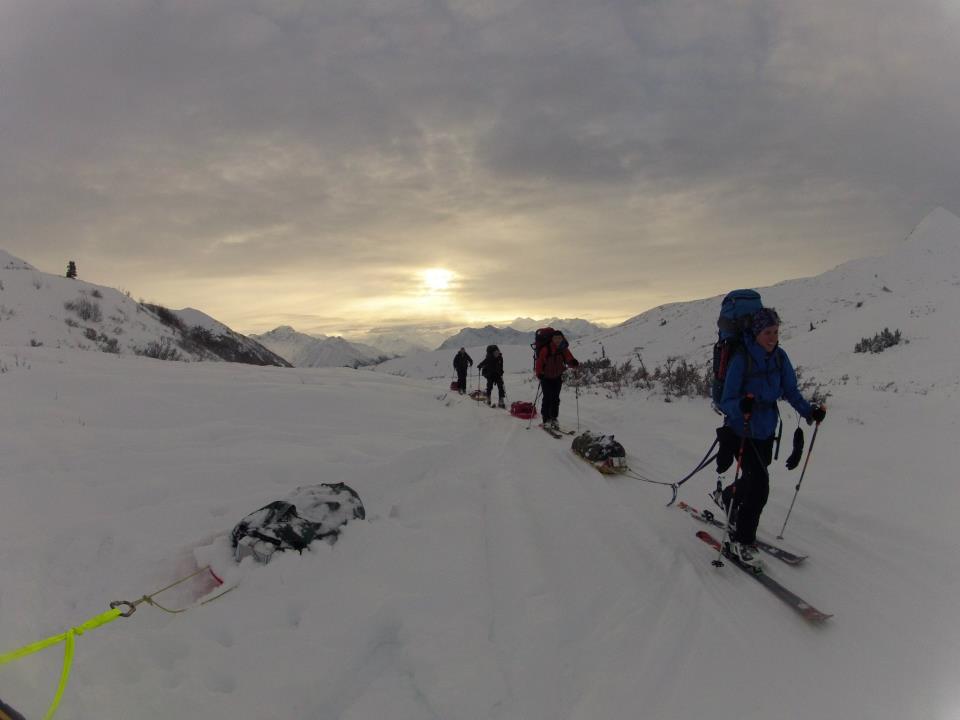
So it’s kind of a long process, unless you’re my friend Hannah, who
manages to get herself packed and ready each morning in what seems to
me an unfathomably short time, a skill she attributes to having
thru-hiked the Pacific Crest Trail a few summers ago. A person like
Hannah is exactly who you want to travel with in the backcountry,
because in addition to being very competent, she will never let on
that she is annoyed with my National Lampoon-style struggle to pack up
in the morning.
We usually traveled about four or five miles in a day. This doesn’t
sound like much, but I’ll let you decide how far that distance feels
with a forty pound pack and an unruly sled to haul around behind you.
Day Two was our longest day, clocking in at just over seven miles, the
majority of which was up and over a mountain pass. It was pretty
brutal.
Aside from the backbreaking work and frigid temperatures (it doesn’t
have to be fun to be fun!), the first four days of our trip were
downright pleasant. Breathtaking views of the Talkeetnas, literally
dozens of moose and ptarmigan sightings, and good company were enough
to outweigh the prospect of shivering ourselves to sleep for the
twelve hours we spent in our tents each night.
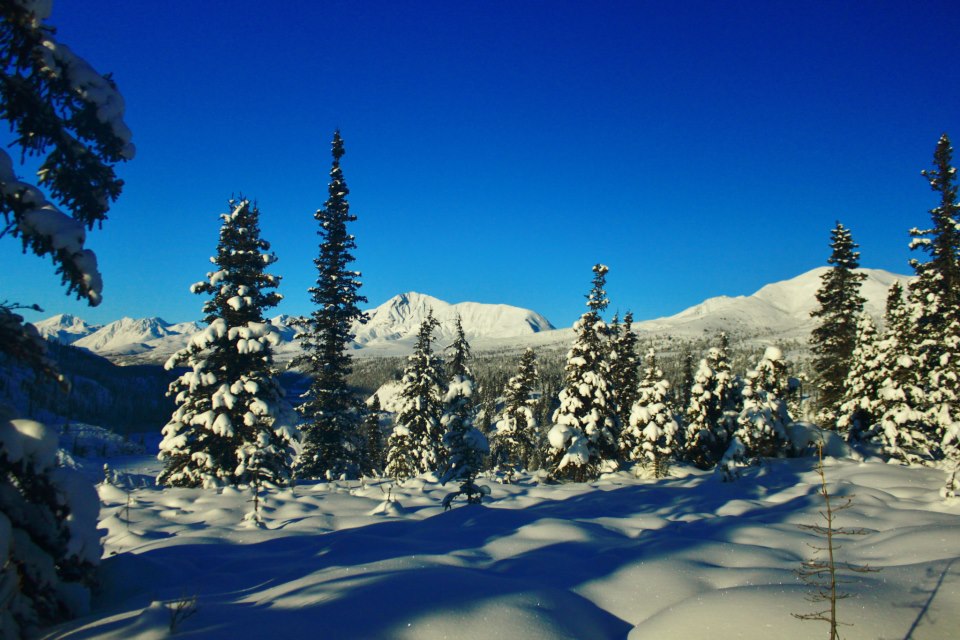
Day Five dawned calm and clear, which in case you’re unfamiliar with
the concept of insulation, meant it was pretty damn cold. It took even
longer than usual for everyone to get going that morning, so the sun
was setting by the time we rolled in to our next campsite. People were
cold. Like, really cold.
Like, forty degrees below zero cold. The word cold really doesn’t even
do justice to how cold that is.
This is probably an appropriate time to tell you that I sustained a
cold injury while in the field. By cold injury, yes, I mean frostbite.
Unlike every other time I’ve said this in the last 23 years, I am
absolutely serious here.
I noticed the tips of my big toes were a little waxy and
mottled-looking as I changed my socks before bedtime (a positively
geriatric 1930) on Saturday night, so in addition to my super
heavy-duty mountaineering socks, I slept in down booties and toe
warmers and shoved my hot water bottle all the way to the bottom of my
sleeping bag.
Sunday morning arrived—you guessed it—calm and clear and with two blue
toes, and by Monday morning, it was clear that my toes weren’t going
to stay unfrozen enough to travel safely. A few satellite phone calls
later, I was being whisked to the trailhead via snowmachine, along
with one other frostbitten student. (Sidebar: I had to ride out in the
sled hauled behind the snowmachine, which was akin to a real-life game
of Mario Kart. Think of this as the coldest, most terrifying amusement
park ride in existence.)
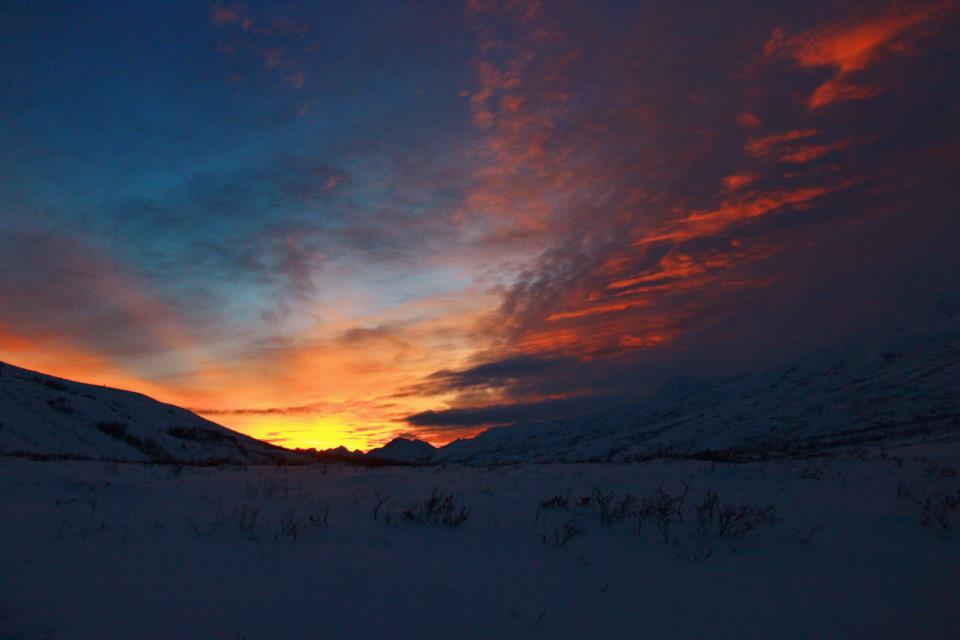
Upon reentering civilization, I spent several hours waiting to be seen
at the emergency room, where it was recommended I see a frostbite
specialist. This doctor is apparently who you go to if you a) have
frostbite and b) are in North America, and his office is conveniently
located mere blocks from the APU campus. He confirmed that I do, in
fact, have frostbite, and forbade me to spend the following weekend
skiing at Alyeska, where all the cool kids were headed to take
advantage of the 2-for-1 lift ticket deal on Super Bowl Sunday. I am
also not allowed to go ice climbing. All the activities you might
associate with frostbite (or even mild chills, really) are verboten,
it seems.
I debated telling people (let alone posting a blog) about this
incident, mainly because I am a little embarrassed about the whole
thing. How did the rest of my class manage to avoid frozen fingers and
toes, while I had to be evacuated from the field? Am I going to pass a
class on winter wilderness skills when I apparently don’t have any of
those? Does this mean I shouldn’t pursue a career in outdoor
education?
I spent some time mulling over these questions as I battled boredom
waiting for the rest of my class to return, and I came to the
following conclusion: I would not classify my frostbite experience as
fun, not even in a doesn’t-have-to-be-fun-to-be-fun kind of way, but
lots of competent outdoorspeople have dealt with frostbite issues.
And, as a good friend pointed out, “Mount Everest is generally warmer
than what you experienced at -40.” That made me feel a little better.
Although I didn’t manage to avoid cold injury on this trip, I did
leave finish the course with some invaluable skills: I can competently
cook (and melt snow) in the cold, my skiing ability improved, and
students who finish Winter Wilderness also complete their Avalanche
Level 1 Certification. I came to Alaska looking for an adventure, and
while I haven’t enjoyed the last few weeks of no-skiing-allowed,
that’s certainly what Winter Wilderness Skills was: an adventure.
[author ]Emma Walker grew up in the foothills of Colorado’s Rocky Mountains, where she spent her early years skiing, hiking, and camping. She came to Alaska to pursue a master’s degree in outdoor and environmental education, and maybe climb some mountains with her trusty black lab, Lucky.[/author]
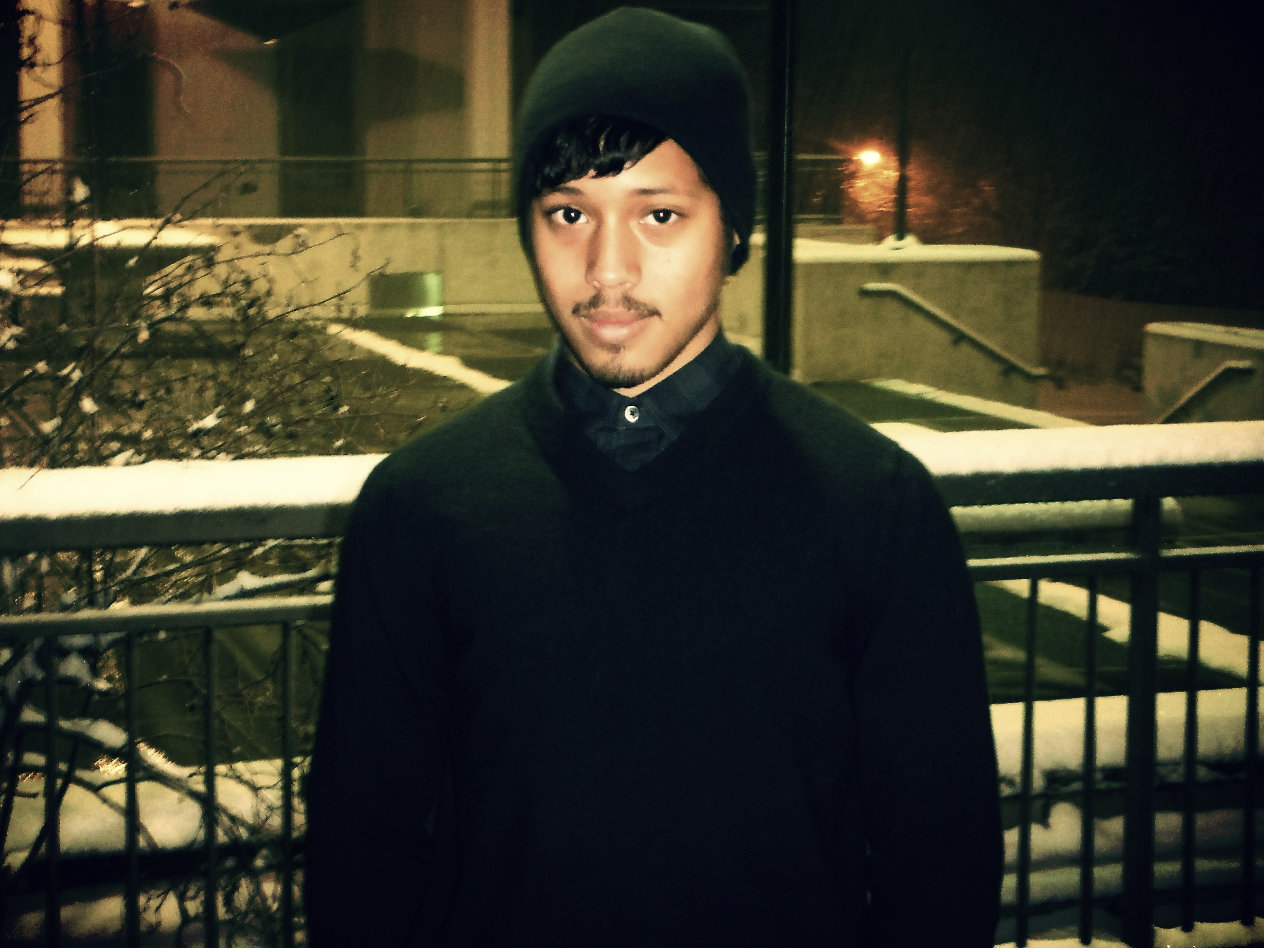
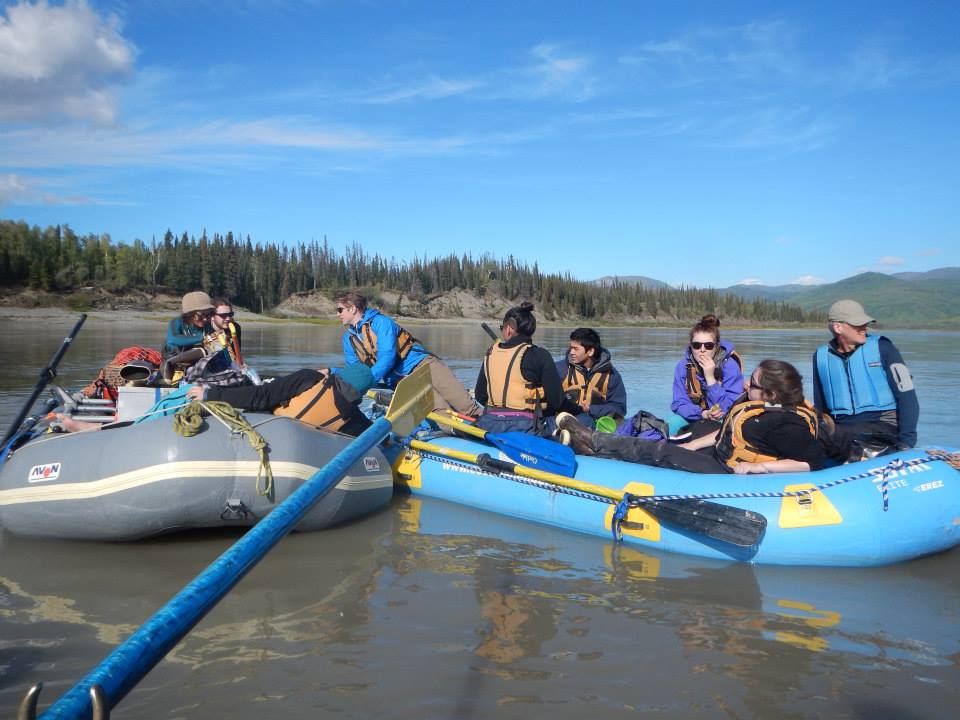
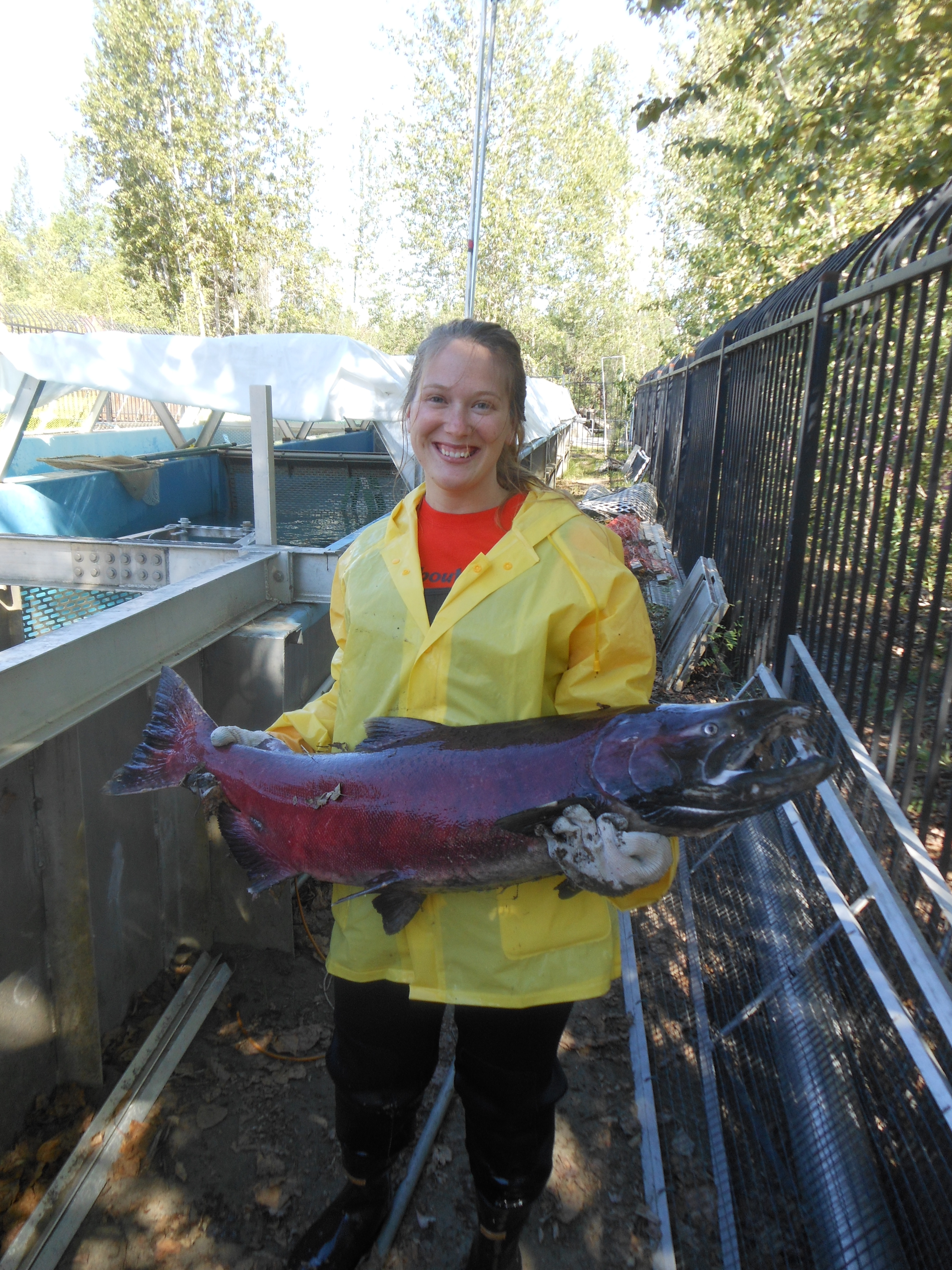
One Comment
Emily Ashworth
I really enjoyed this post. You shed a very positive light on something that sounds like an unruly and turbulent journey to an indoor dweller like myself. I also like that even though you were injured in the field you still tell the reader all of the things you got out of the trip rather than dwelling on the negative aspects of your trip. I cannot even fathom the determination it must take to ski seven miles in one day pulling a sled behind you. Overall great story, you really put the reader right into the story with you.